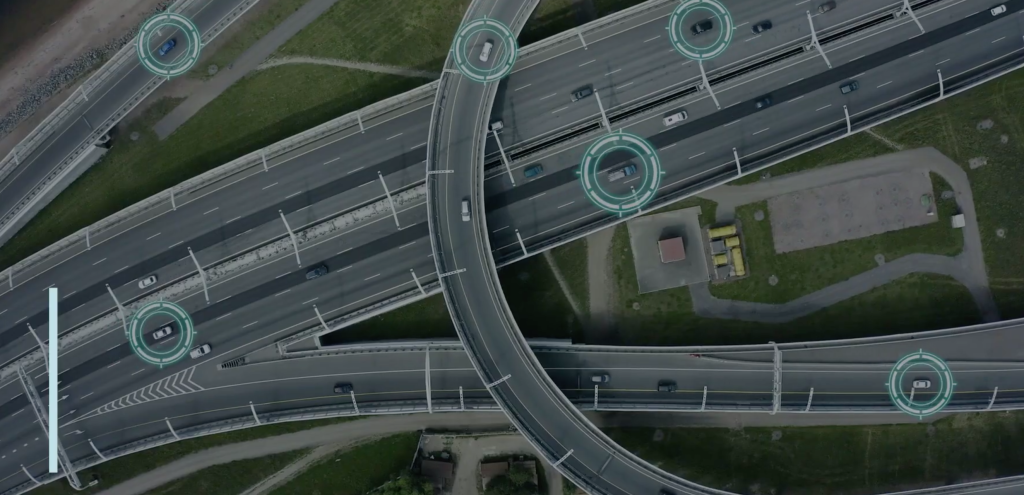
That was a cheap shot at an old movie title. Article on the future of driverless cars. From Allianz. Most of what I said didn’t get the green light, but a few things did.

A chart showing the development of computing at Cambridge, along with images showing the development of the chart itself.
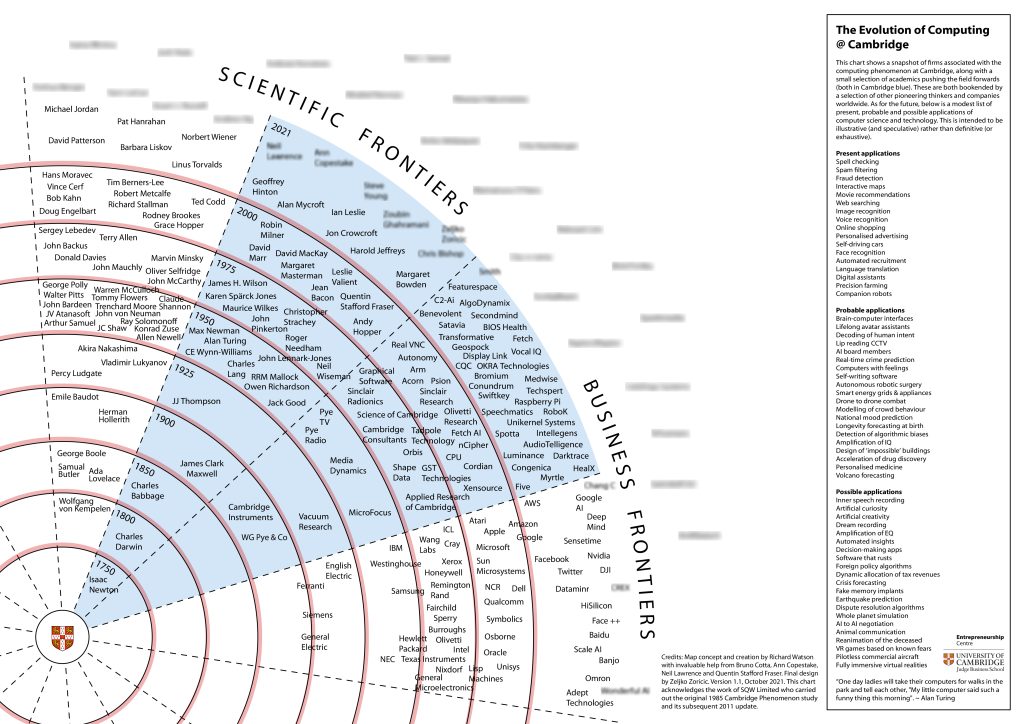
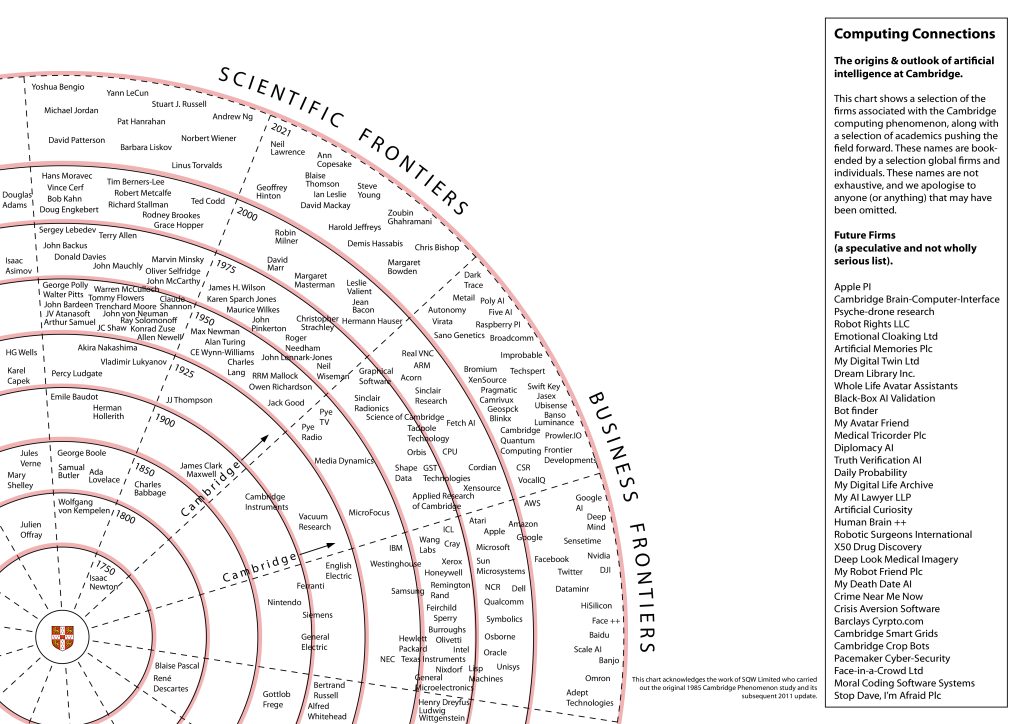
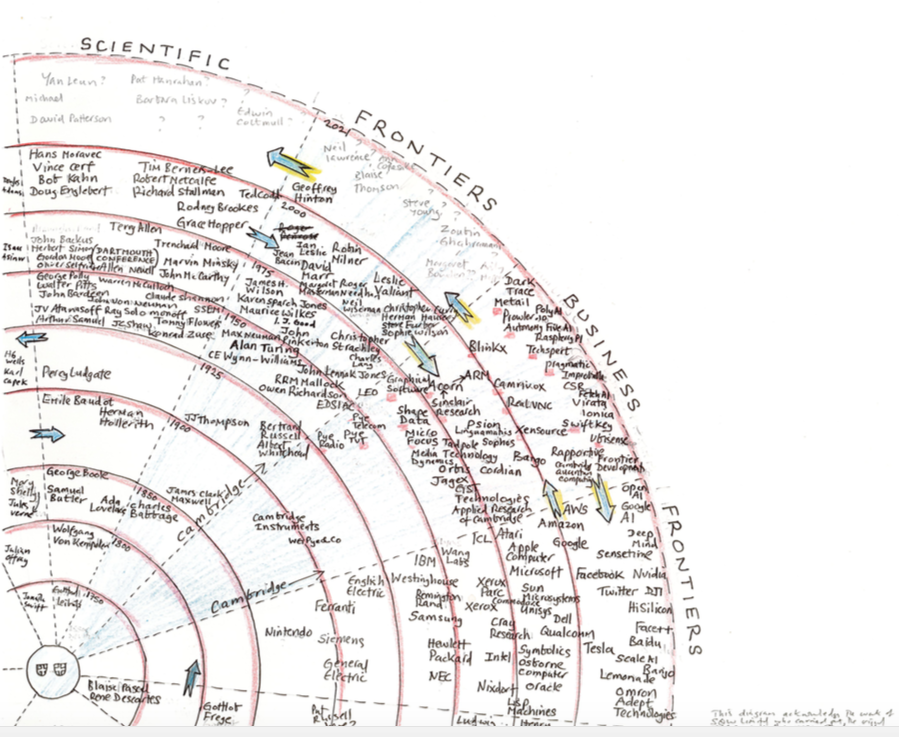
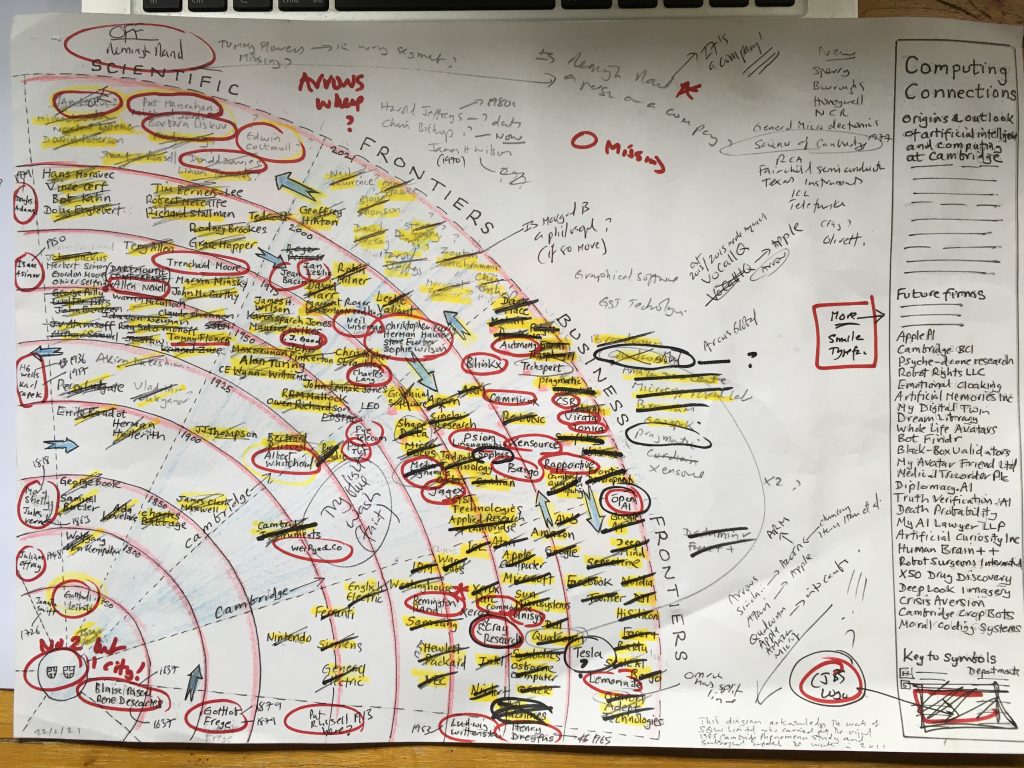
Computing @ Cambridge
The evolution of computer science and AI within the Cambridge Ecosystem.
This chart shows a snapshot of firms associated with the computing phenomenon at Cambridge, along with a small selection of academics pushing the field forwards.
These are both bookended by a selection of other pioneering thinkers and companies worldwide. As for the future, below is a modest list of present, probable and possible applications of AI technologies. This is intended to be illustrative (and speculative) rather than definitive (or exhaustive).
Present applications
Spell checking
Spam filtering
Fraud detection
Interactive maps
Movie recommendations
Web searching
Image recognition
Voice recognition
Online shopping
Personalised advertising
Self-driving cars
Face recognition
Automated recruitment
Language translation
Digital assistants
Precision farming
Probable applications
Brain-computer interfaces
Lifelong avatar assistants
Decoding of human intent
Lip reading CCTV
AI board members
Real-time crime prediction
Computers with feelings
Self-writing software
Autonomous robotic surgery
Smart energy grids & appliances
Drone to drone combat
Modelling of crowd behaviour
National mood prediction
Longevity forecasting at birth
Detection of algorithmic biases
Amplification of IQ
Design of ‘impossible’ buildings
Acceleration of drug discovery
Personalised medicine
Volcano modelling
Possible applications
Inner speech recording
Artificial curiosity
Artificial creativity
Dream recording
Amplification of EQ
Automated insights
Decision-making apps
Software that rusts
Foreign policy algorithms
Dynamic allocation of tax revenues
Crisis forecasting
Fake memory implants
Earthquake prediction
Dispute resolution algorithms
Whole planet simulation
AI to AI negotiation
Animal communication
Reanimation of the deceased
VR games based on known fears
Pilotless commercial aircraft
Fully immersive virtual realities
“One day ladies will take their computers for walks in the park and tell each other, “My little computer said such a funny thing this morning”. ~ Alan Turing
Where have I been? LinkedIn mainly. I will try to be here more often in the future. Much to post, but let’s start with this article about when innovations succeeed – or fall flat. Best read having looked at Gartner’s Hype Cycle and my own Table of Disruptive Terchnologies.
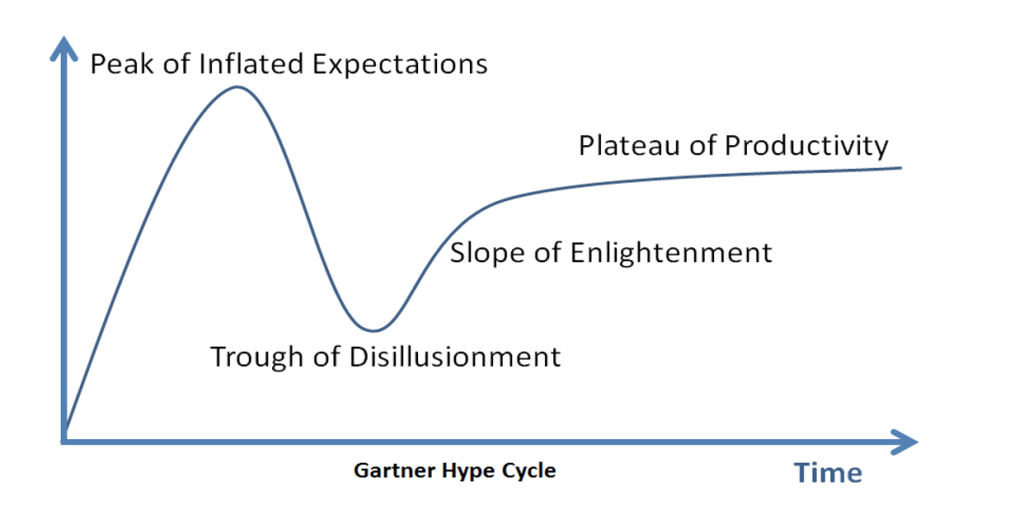
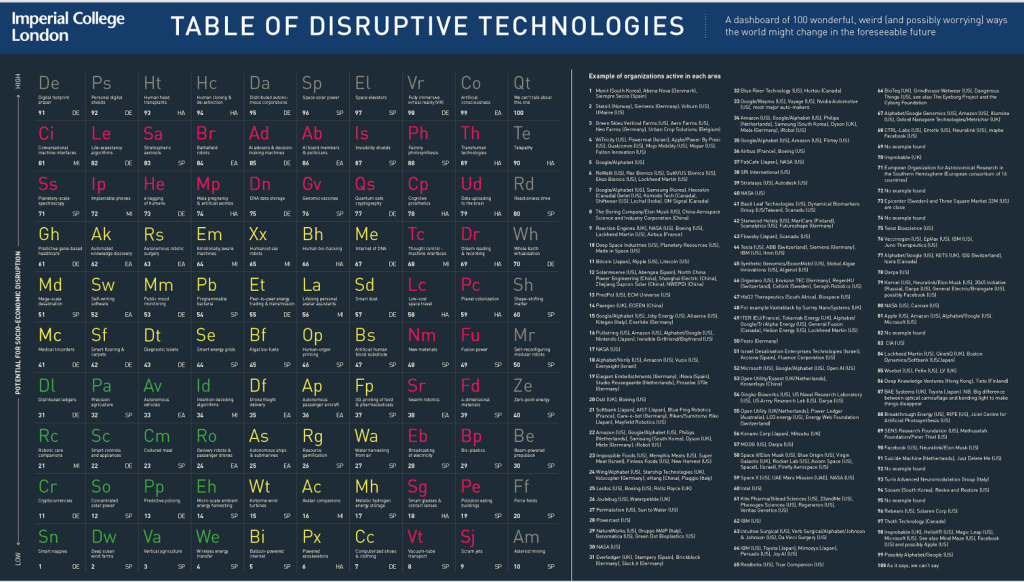
OK, how’s this for how the brain works. I’m writing some powerpoint slides for a presentation and the new version keeps adding titles for any image I insert. I went to bed, obviously subconsciously remembering a point madfe by a sci-fi writer friend of mine called `Lavie Tidhar about illustration being expensive for kids books. I woke with the idea of having blank panels in the book with captions describing the empty space – the implication being that the reader has to imagine for themselves what the image would look like.
I mentioned this to Lavie later and he added “it’s a colouring in novel. ” The kids draw their own illustrations.
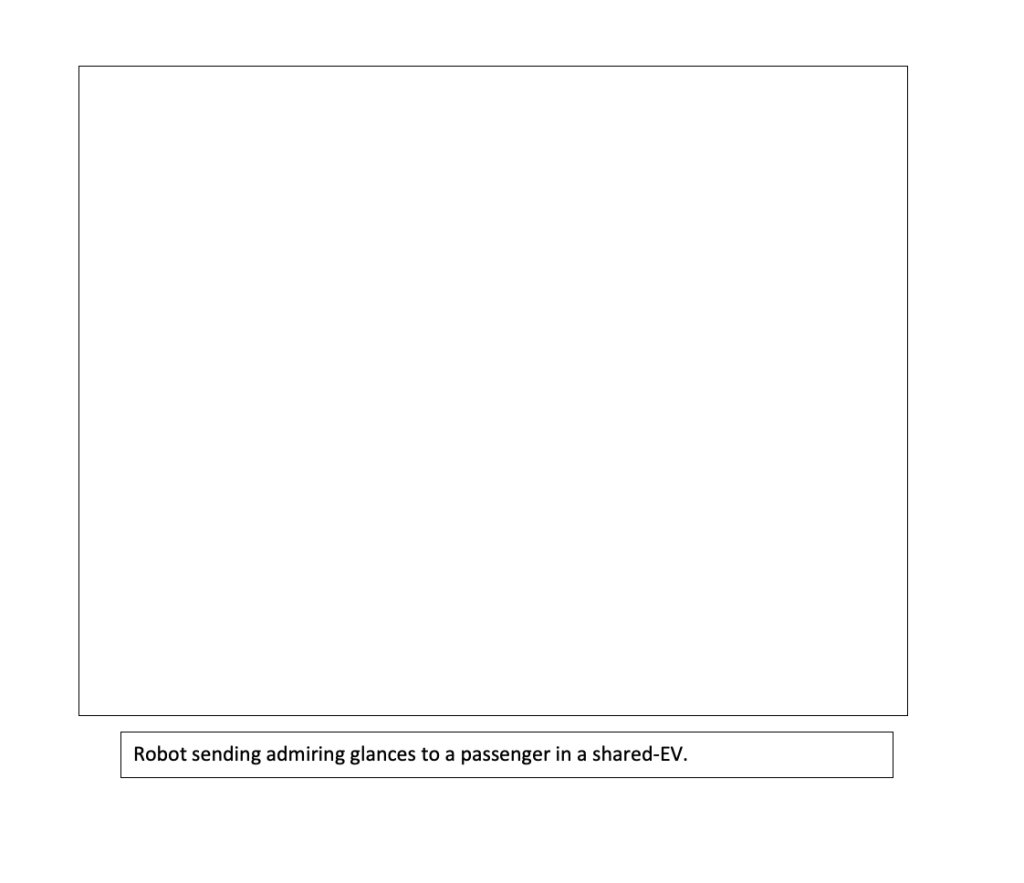
“Art washes away from the soul the dust of everyday life.’
Picasso.